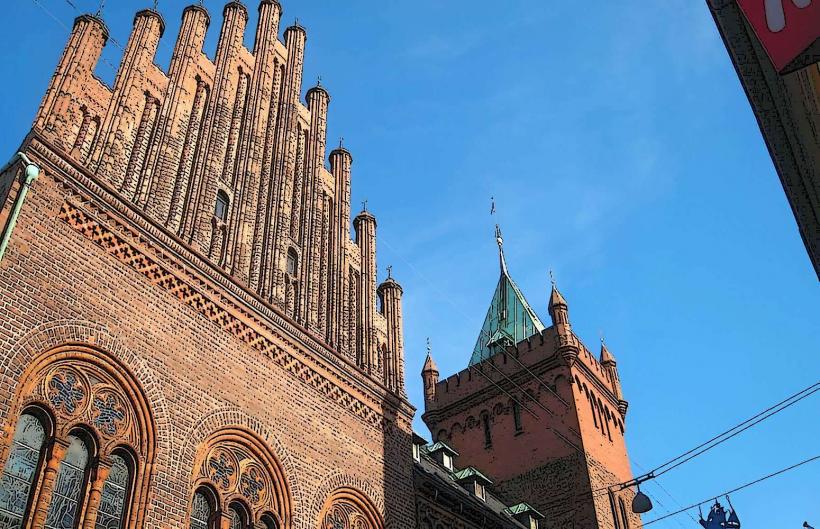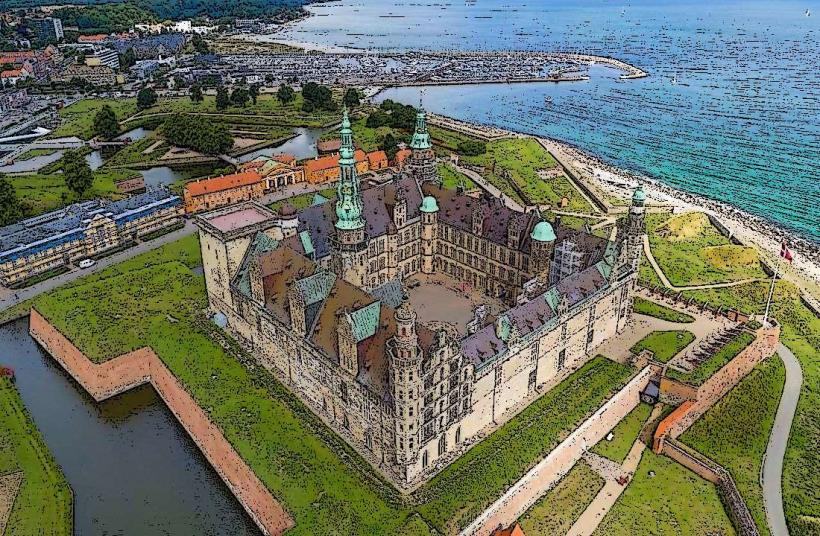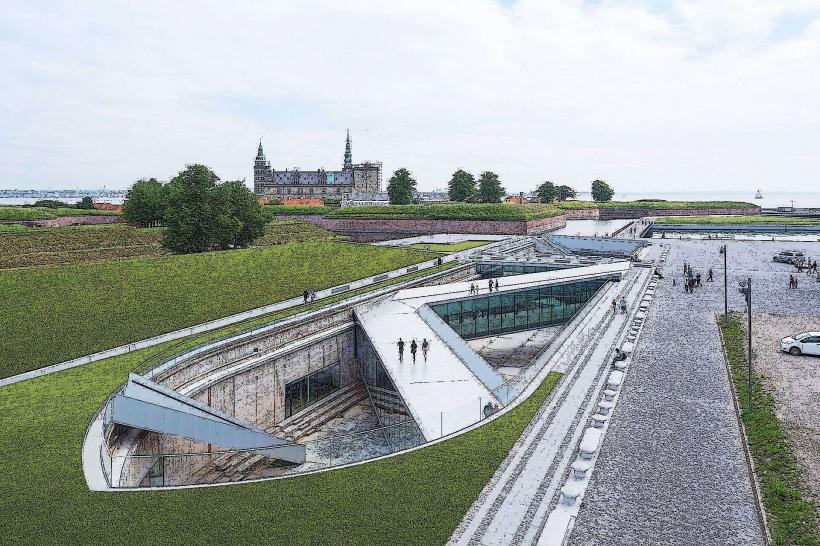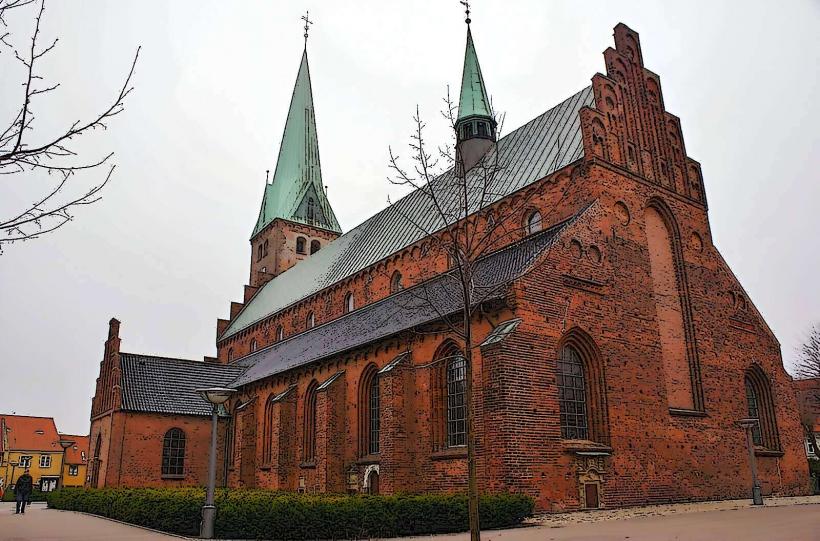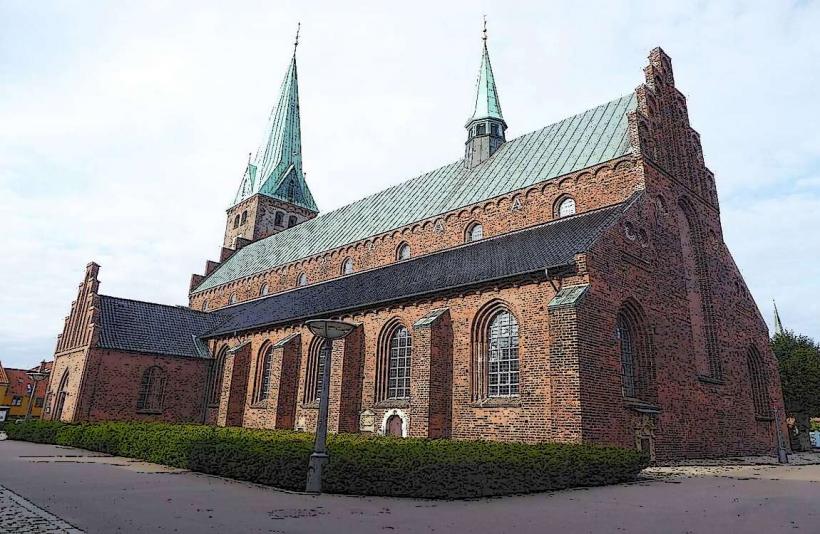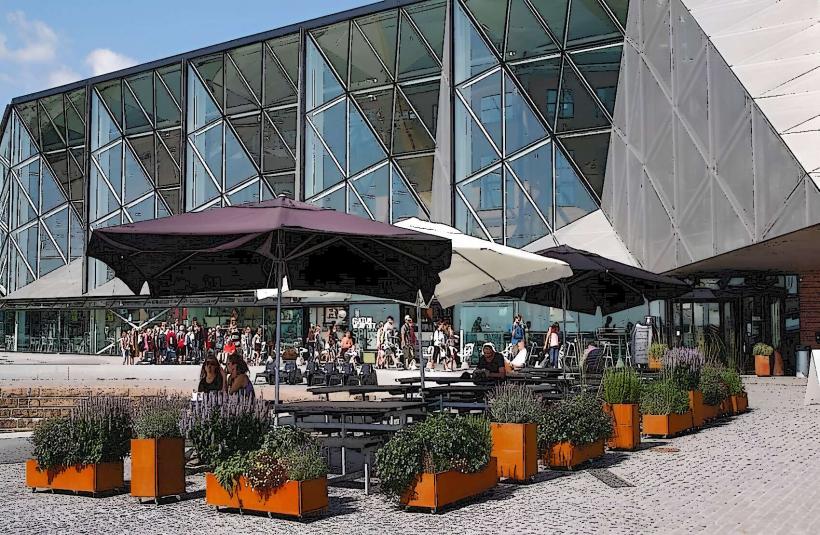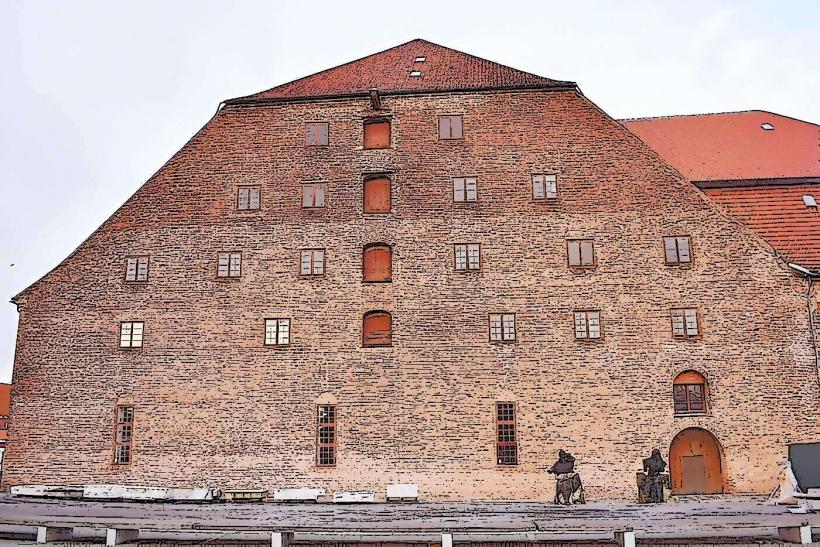Information
Landmark: Helsingør HarborCity: Helsingor
Country: Denmark
Continent: Europe
Helsingør Harbor, Helsingor, Denmark, Europe
Overview
Helsingør Harbor (Helsingør Havn) is a lively landmark and the main gateway to Helsingør, Denmark, perched at the Øresund Strait’s narrowest stretch where you can almost make out the coastline of Sweden, also the harbor sits at the heart of the city’s economy and history, shaping its cultural identity with a rare blend of maritime heritage, bustling trade, and the glint of sunlight on calm water.Not surprisingly, Helsingør Harbor’s history stretches back to medieval days, when wooden ships creaked at its docks and salt air carried across the water, meanwhile for centuries, the harbor’s spot on the Øresund Strait-a narrow ribbon of water linking the Baltic to the North Sea-has kept it bustling with ships and trade.Helsingør’s strategic spot on the coast boosted its importance, and before long, the harbor bustled with trade, shipbuilding, and the creak of masts in the wind, then long ago, the harbor’s claim to fame was its customs house and toll station, where every ship slipping through the Øresund Strait had to stop and pay its toll.The Danish monarchy drew substantial revenue from this trade regulation, money that paid for warships and fueled the nation’s push into modern seas, after that in the 16th century, Helsingør gained fame for sitting just beside Kronborg Castle, the fortress Shakespeare forever linked to Elsinore in *Hamlet*.From its high stone walls, the castle kept watch over the harbor, its banners snapping in the wind, and held tight control over the region’s trade, not only that ships unloaded crates of fish and textiles at the harbor, and that constant bustle helped the city grow into one of Denmark’s leading cultural and economic hubs.Today, Helsingør Harbor bustles with life, welcoming cargo ships and ferries as gulls wheel overhead, consequently over the years, the harbor’s grown to handle modern shipping-huge cranes now tower over the docks-yet it still keeps its historic charm, where weathered wooden piers meet sleek, glass-fronted offices.Passenger Ferries: Today, one of Helsingør Harbor’s key roles is operating as a busy ferry terminal, where ships slide in and out with the smell of salt on the wind, to boot from the harbor, the Helsingør-Helsingborg Ferry crosses the strait to Sweden, running regular trips between Helsingør and Helsingborg with the smell of saltwater in the air.This bustling ferry route connects Denmark and Sweden, carrying commuters and travelers across the water every day, not only that the ferry terminal feels luminous and modern, with cushioned waiting areas, petite shops, and bustling cafés for travelers and tourists alike, relatively Commercial Shipping: Passenger ferries may catch your eye first, but Helsingør Harbor still hums with the work of a commercial port, from forklifts clattering on the docks to crates shifting in the salt air, subsequently it moves everything from bulk commodities to stacked shipping containers, and even crates of general cargo.Sitting right on the Øresund Strait, the harbor serves as a vital gateway for ships carrying goods between Scandinavia and the rest of Europe, from timber-laden barges to brisk-moving container vessels, in addition in recent years, Helsingør Harbor has expanded so it can welcome cruise ships, with room now for gleaming decks and lines of travelers stepping ashore, moderately Close to both Copenhagen and the shores of Sweden, the city draws cruise passengers who sail the Baltic Sea-often pausing here for a stroll along its cobbled streets, in addition from the harbor, it’s a short stroll to Helsingør’s city center and landmarks like Kronborg Castle, so visitors often linger to take in the sea air and explore.In Helsingør, the harbor blends seamlessly into the city, where cobbled streets lead you past lively cafés and centuries-classical landmarks just minutes from the water’s edge, after that in the past few years, the harbor’s surroundings have changed dramatically, turning into a lively waterfront where cafés spill light onto the boardwalk.You can wander past harbor-side cafés, cozy restaurants, and little boutiques, some with windows that frame the glittering water and the towers of Kronborg Castle, besides waterfront Promenade: A wide, sunlit path curves along the harbor, perfect for a measured stroll, a bike ride, or pausing to watch the Øresund Strait shimmer against the hazy outline of Sweden’s coast.From the promenade, you can take in sweeping views as ferries glide across the water and ships pull in or slip away, likewise locals and visitors alike come here to unwind, breathing in the salty air and watching boats drift across the harbor.Marina and Leisure Activities: Alongside the bustle of commercial ships and ferries, Helsingør Harbor also shelters a marina, where sleek yachts and modest boats sway gently against the wooden piers, and the marina bustles with life, drawing people for sailing trips, lazy afternoons of leisure boating, and the thrill of water sports that send spray into the air, almost The harbor opens onto the shimmering blue of the Øresund Strait, and boaters often set out from here to trace the rugged coastlines of Denmark and Sweden, while helsingør Harbor isn’t only a working port-it’s a lively cultural hub where music drifts from cafés and visitors gather, making it a cornerstone of the city’s tourism.Actually, The area boasts several cultural treasures, like Kronborg Castle, which rises just across the harbor-a gleaming stone fortress that’s Helsingør’s most famous landmark and a UNESCO World Heritage site, simultaneously famous across the globe as the backdrop for Shakespeare’s *Hamlet*, the castle pulls in millions of visitors each year, many pausing to run their hands over its frosty, weathered stone.From the harbor, you can witness the castle rising over the water, its stone walls catching the light-an unmissable sight for anyone visiting Helsingør, also just steps from the harbor, the Maritime Museum of Denmark sits in a converted dry dock, where rusted bolts still frame the walls, and brings Denmark’s seafaring past vividly to life, almost Perched beside the harbor, the museum feels tied to the region’s seafaring past, where the scent of salt still hangs in the air, equally important all year long, the harbor and its nearby streets come alive with cultural celebrations-music thunders from open-air stages, the scent of sizzling street food drifts through the air, and vibrant art fills every corner.These events light up the waterfront, drawing thousands of visitors, some stopping to breathe in the salty air, in turn at Helsingør Harbor, the air smells faintly of salt and diesel, a reminder that-like many ports-it’s wrestling with tough questions about sustainability and its impact on the environment.The harbor’s getting a boost in environmental performance, with innovative solar panels glinting in the sun and updated waste systems keeping the docks cleaner than before, in turn the city’s been cutting its ecological footprint while keeping the harbor bustling with ferries and cargo ships.Helsingør Harbor’s future aims to strike a careful balance between bustling trade and lively tourism, all while protecting the water’s clarity and the surrounding environment, furthermore they plan to expand the harbor so it can handle more cruise ships, upgrade ferry passenger facilities, and add livelier recreational and cultural spots, from shaded seating by the water to slight open-air performance spaces.The city plans to weave the harbor more closely into its streets and skyline, shaping a lively waterfront where locals sip coffee by the docks and visitors wander along the boardwalk, along with helsingør Harbor isn’t just a bustling port-it’s the city’s heartbeat, steeped in maritime history and alive with the scent of salt air, tying together trade, tourism, and culture.Whether you’re hopping a ferry to Sweden, wandering the sunlit waterfront, or poking around centuries-historic landmarks, Helsingør Harbor wraps you in an experience that bridges history and the moment you’re living now, in turn it mixes aged-world charm with modern comforts and a rich cultural spirit, like hearing church bells echo down a cobblestone street.
Author: Tourist Landmarks
Date: 2025-09-04

